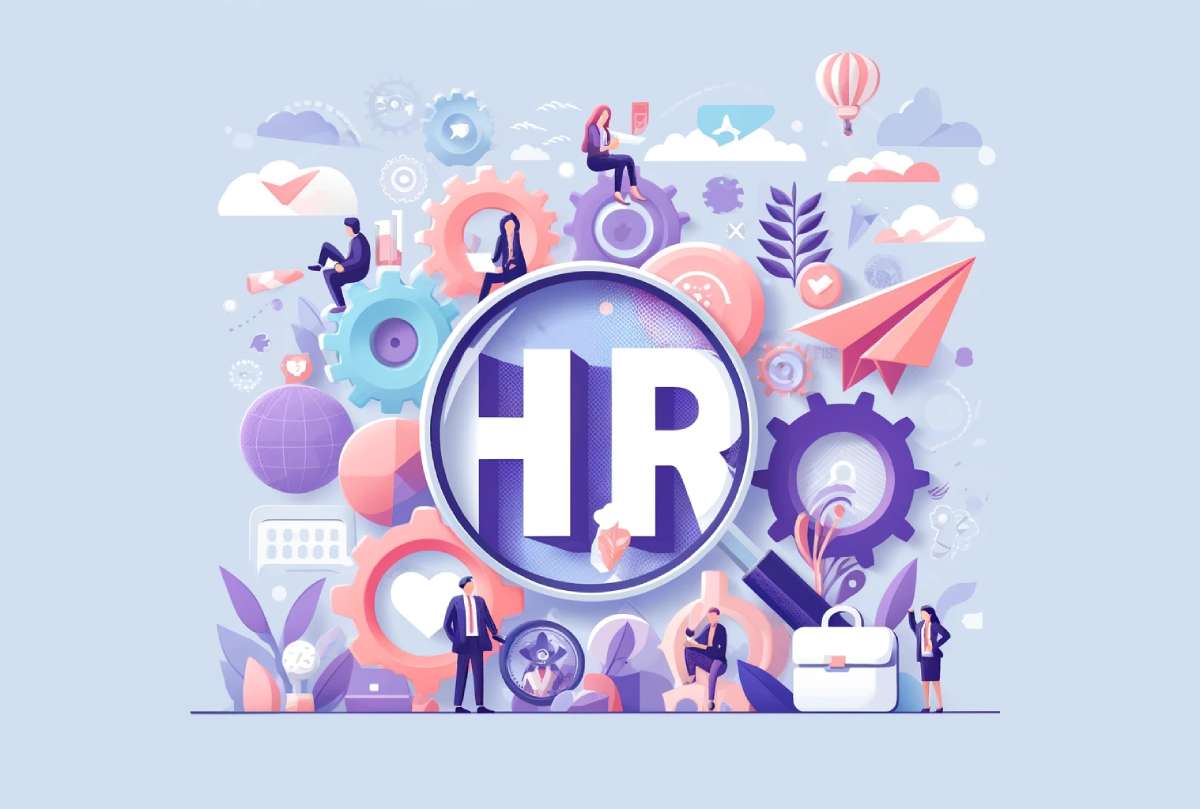Conditions of employment define the rules and terms that employers outline for their employees. By accepting a job you agree to follow these rules. They talk about what you do at work, how much salary you have, when you work, what benefits you get, and what happens if you need to quit. These guidelines can be written down or just be an understanding, and they may change depending on where you work and the laws that are in effect. Employers and employees should know about these rules to ensure that everything is fair and legal.
What Is Included in Conditions of Employment?
Job Description and Duties
Having a defined job description is mandatory because it indicates the main responsibilities an employee is supposed to meet. This includes job descriptions, the specific tasks to be performed, and any performance criteria such as goals or targets.
Compensation and Benefits
Compensation means pay, wages, bonuses, and commissions. Benefits are additional perks that employers offer to employees. These include health insurance, retirement plans, paid time off, and employee wellness programs.
Work Schedule and Location
The conditions for the working hours, such as start and end times, breaks, and the possibility of overtime, as well as the location of work—whether it is an office, remote work, or a flexible arrangement—are included under this one.
Code of Conduct and Company Policies
In every organization, there is a set of rules and regulations that define the acceptable behaviour of employees at the workplace. Those employees must follow the same set of rules to preserve the professional and ethical environment of the workplace.
Performance Evaluation
The elements of employee performance appraisal are outlined in the Conditions of Employment such as goals, review schedules, and the consequences of both positive and negative evaluations.
Termination
These are circumstances in which the contract of employment may cease, either by resignation, termination, or mutual consent, and the accompanying notice periods and severance requirements.
Dispute Resolution
Procedures for addressing grievances and resolving conflicts or misunderstandings between employees and management are also included.
Who Determines Conditions of Employment?
The workplace conditions are usually defined by the employer. HR specialists and lawyers normally get involved in this process. The employers are the ones who create the conditions and guidelines that define the relationship between themselves and their employees. On the other hand, some of the factors can be affected by the labour laws, regulations, and collective bargaining agreements that are negotiated with the unions, particularly in industries where unions are common.
In the end, the employer is the one who should set up and communicate the terms of employment to the employees, and make sure that the rules and regulations are followed. This work covers the areas of writing and implementing employment contracts, creating company policies, and making decisions in the areas of salary, benefits, work hours, leave entitlements, and termination procedures. Employers need to factor in legal requirements, industry standards, and employees’ needs when establishing terms of employment, which will, in turn, create a favourable and productive workplace.
What happens if you break the conditions of employment?
If you break the conditions of employment, it can lead to consequences. These consequences may include:
1. Disciplinary Action: Your employer might take disciplinary measures, such as a warning, suspension, or even termination of your employment.
2. Legal Issues: Depending on the severity of the breach and the applicable laws, you could face legal consequences, including fines or lawsuits.
3. Damage to Reputation: Breaking employment conditions can harm your professional reputation and make it difficult to find future employment.
4. Loss of Benefits: You may lose certain benefits or privileges associated with your job if you violate employment conditions.
5. Strained Relationships: Breaking the conditions of employment can damage your relationship with your employer and colleagues, leading to a negative work environment.
It’s important to understand and follow the conditions of employment to maintain a positive and productive working relationship. If you’re unsure about any aspect of your employment conditions, it’s best to seek clarification from your employer or HR department.
For any HR help you need, Time Champ is here to make sure your workplace runs smoothly and follows all the rules. Whether you have questions or need assistance, we’re here to help. Sign up or schedule a demo today to see how Time Champ can make your workplace better.
People also look for
FAQs
These conditions directly influence daily routines by defining work hours, responsibilities, and expectations, which help streamline workflow and enhance productivity.
It depends on the contract and local employment laws. In some cases, employees may have the right to refuse changes, especially if they significantly alter the original terms of employment.
While not mandated in every jurisdiction, it’s best practice for employers to provide written contracts to avoid misunderstandings and ensure clarity on employment terms.
HR is responsible for communicating these rules, ensuring compliance, managing any disputes, and updating terms in line with current laws and organizational changes.
